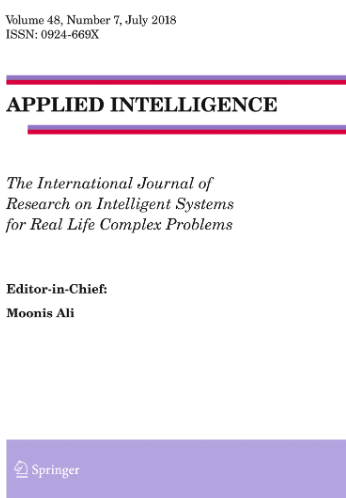A framework based on physics-informed graph neural ODE: for continuous spatial-temporal pandemic prediction
Abstract
Physics-informed spatial-temporal discrete sequence learning networks have great potential in solving partial differential equations and time series prediction compared to traditional fully connected PINN algorithms, and can serve as the foundation for data-driven sequence prediction modeling and inverse problem analysis. However, such existing models are unable to deal with inverse problem scenarios in which the parameters of the physical process are time-varying and unknown, while usually failing to make predictions in continuous time. In this paper, we propose a continuous time series prediction algorithm constructed by the physics-informed graph neural ordinary differential equation (PGNODE). Proposed parameterized GNODE-GRU and physics-informed loss constraints are used to explicitly characterize and solve unknown time-varying hyperparameters. The GNODE solver integrates this physical parameter to predict the sequence value at any time. This paper uses epidemic prediction tasks as a case study, and experimental results demonstrate that the proposed algorithm can effectively improve the prediction accuracy of the spread of epidemics in the future continuous time.

 求助内容:
求助内容: 应助结果提醒方式:
应助结果提醒方式:


